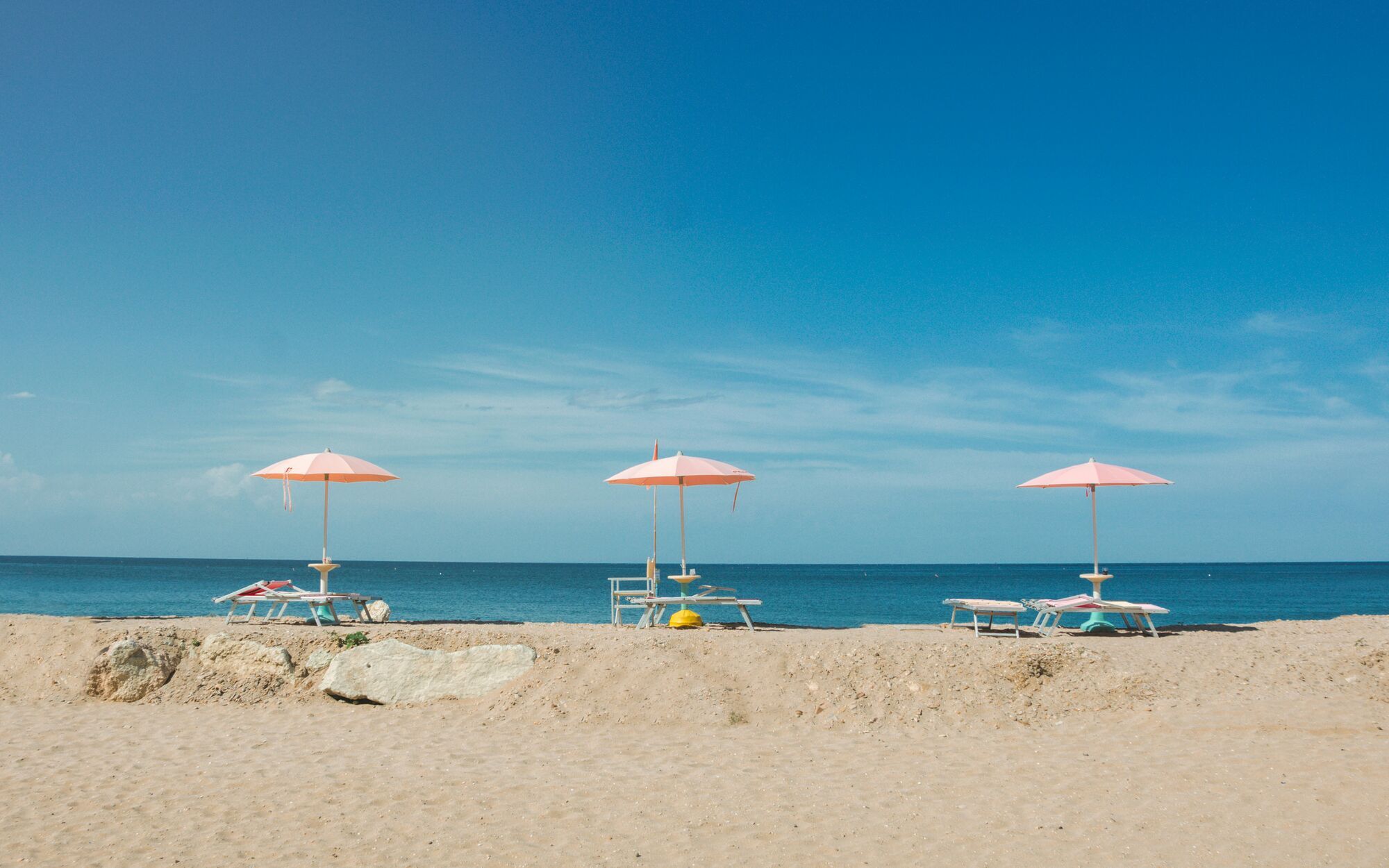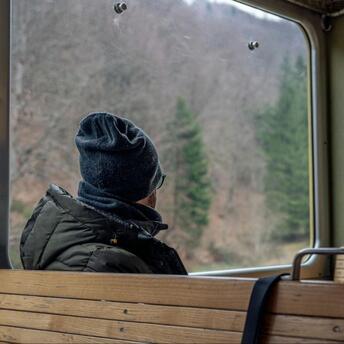Discovering Abruzzo: Italy’s Hidden Gem of Untamed Nature and Timeless Charm

While Italy's famous cities like Rome, Florence, and Venice draw millions of visitors each year, the central region of Abruzzo remains an undiscovered treasure for many travelers. Tucked between the Apennine mountains and the Adriatic Sea, Abruzzo offers a striking combination of rugged landscapes, medieval towns, and unspoiled coastline. Often overlooked, this region is a haven for nature lovers, history buffs, and those in search of authentic Italian experiences far from the tourist crowds. Whether it’s hiking in national parks, exploring ancient hilltop villages, or indulging in the local cuisine, Abruzzo’s must-see sights promise an unforgettable journey into the heart of Italy.
Majella National Park: A Haven for Outdoor Enthusiasts
One of Abruzzo’s crown jewels is Majella National Park, a vast expanse of wilderness that showcases the region’s dramatic natural beauty. Known as the "Mother Mountain" by locals, Majella’s rugged peaks, deep valleys, and limestone cliffs offer endless opportunities for hiking, rock climbing, and wildlife spotting. The park is home to several rare species, including the Apennine wolf and the Marsican brown bear, making it a dream destination for nature enthusiasts and bird watchers.
The park is crisscrossed by a network of well-maintained trails, leading hikers through ancient beech forests, past roaring waterfalls, and up to panoramic viewpoints where the mountain landscape seems to stretch endlessly. For those seeking a more spiritual journey, the Hermitage of San Bartolomeo in Legio—a 13th-century monastery nestled in the mountainside—offers both a peaceful retreat and a reminder of the region’s rich religious history.
Rocca Calascio: A Medieval Fortress in the Sky
For history lovers, Rocca Calascio stands as one of the most breathtaking sights in Abruzzo. Perched high in the Apennines at an altitude of nearly 1,500 meters, this medieval fortress offers stunning views of the surrounding Gran Sasso mountains and the valley below. The ruins of the fortress, believed to date back to the 10th century, are steeped in history and have served as the backdrop for several films, including The Name of the Rose.
The journey to Rocca Calascio involves a scenic hike from the nearby village of Santo Stefano di Sessanio, a beautifully preserved medieval town in its own right. As you approach the fortress, the sense of stepping back in time is palpable. The stone towers and ramparts stand as silent sentinels, guarding over a landscape that has remained largely unchanged for centuries. It’s no wonder Rocca Calascio is considered one of Italy’s most striking fortresses, offering visitors both a sense of history and a spectacular view.
Gran Sasso: Italy’s Mountain Heart
Gran Sasso d’Italia, the tallest peak in the Apennines, dominates the skyline of Abruzzo and serves as a natural playground for outdoor adventurers. In the winter, the mountain’s snow-covered slopes attract skiers and snowboarders, while in the warmer months, the area transforms into a hiker’s paradise. One of the highlights is the Corno Grande, which rises over 2,900 meters and offers a challenging yet rewarding climb for those eager to reach the summit.
For those less inclined to conquer the heights, the Campo Imperatore plateau, often referred to as "Little Tibet," offers a more relaxed way to experience Gran Sasso’s majestic beauty. This vast, windswept plain, surrounded by towering peaks, is perfect for leisurely walks or picnics amid breathtaking scenery. Historically significant as the location where Benito Mussolini was imprisoned during World War II, Campo Imperatore’s stark beauty and history combine to create a place that feels both awe-inspiring and reflective.
The Trabocchi Coast: A Maritime Tradition
Along the Adriatic coastline, the Trabocchi Coast offers a completely different kind of experience, blending Abruzzo’s maritime heritage with picturesque seascapes. The coast is named for its trabocchi—wooden fishing platforms that jut out over the water, connected to the shore by narrow planks. These unique structures have been used for centuries by local fishermen and are now iconic symbols of Abruzzo’s coastal culture.

The scenic route along the Trabocchi Coast, stretching from Ortona to Vasto, is perfect for a leisurely drive or bike ride. Along the way, visitors can stop at charming seaside towns, dine in restaurants perched on the trabocchi, and enjoy fresh seafood caught just hours earlier. The crystalline waters and rocky shores offer plenty of opportunities for swimming, snorkeling, and relaxing by the sea, making the Trabocchi Coast an idyllic escape for travelers seeking both tranquility and tradition.
Sulmona: A Taste of History and Sweet Delights
In the heart of Abruzzo lies Sulmona, a town that beautifully blends history, culture, and gastronomy. Known as the birthplace of the Roman poet Ovid, Sulmona’s cobblestone streets and medieval architecture transport visitors to another era. The town’s piazza, surrounded by historic buildings and overlooked by the majestic Morrone mountains, is one of the most picturesque in the region.
Sulmona is also world-renowned for its production of confetti—sugared almonds that are traditionally given at weddings and celebrations. The town’s confetti artisans have perfected this craft over centuries, and visitors can watch the delicate process in action at local shops and factories. Walking through Sulmona’s historic center, it’s impossible to resist sampling these sweet treats while exploring the town’s Romanesque churches, Renaissance palaces, and vibrant markets.
The Sacred Pathways of Abruzzo’s Abbeys
Abruzzo is not only rich in natural beauty but also in spiritual heritage, with numerous abbeys and monasteries dotting the landscape. One of the most important is the Abbey of San Clemente a Casauria, an architectural masterpiece dating back to the 9th century. The abbey’s intricate carvings, well-preserved frescoes, and peaceful surroundings make it a must-see for anyone interested in religious history and medieval art.
Another significant site is the Abbey of San Giovanni in Venere, located on a hill overlooking the Adriatic Sea. The abbey’s origins trace back to the 6th century, and its panoramic views of the coastline are as inspiring as the history contained within its walls. These sacred sites, tucked away in the rolling hills of Abruzzo, offer moments of serenity and reflection for travelers seeking to connect with the region’s spiritual past.



















